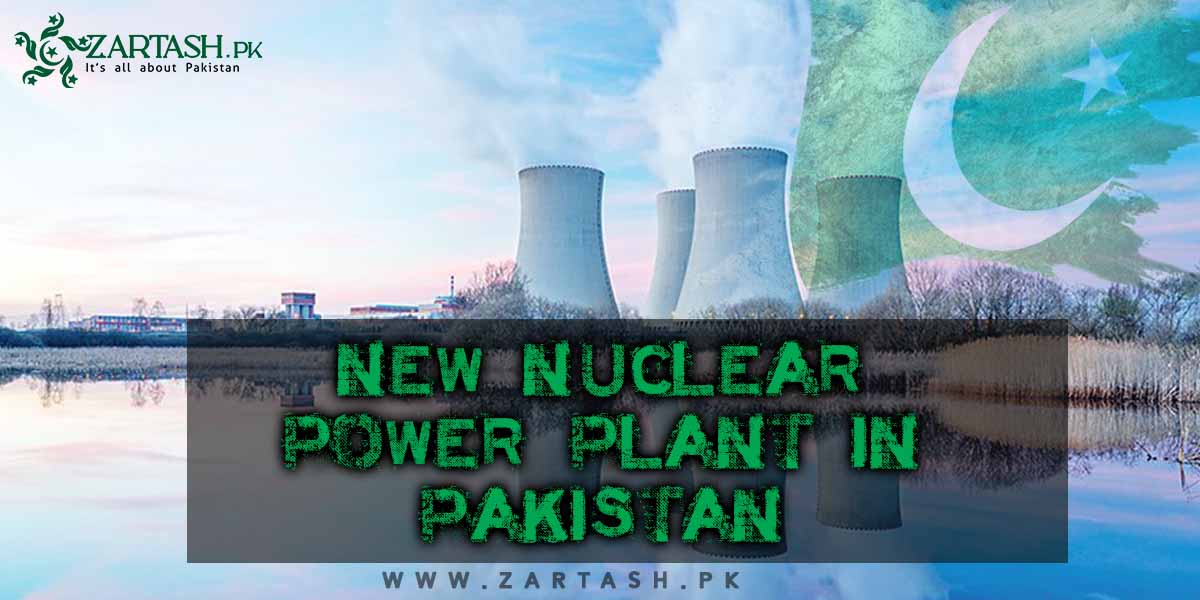
KANUPP_2
Further than CPEC Projects, Pakistan and China have announced another venture. On Friday, 21 May 2021, prime minister Imran Khan Inaugurated a new nuclear power plant in Pakistan with the collaboration of China. It will generate 1,100 MV of electricity.
According to Pakistan Atomic Energy Commission (PAEC), Karachi nuclear power plant (KANUPP) Unit K-2 has been successfully connected to Pakistan’s national electricity transmission grid since March 18, 2021. Affordable, reliable, and clean electricity would be also available, helping to meet rising electricity demand.
On 2 December 2020, the loading of the nuclear fuel started with the clearance from the Nuclear Regulatory Authority. The criticality operation was successfully commenced on 3 March 2020. On 20 March 2021, the K2 accompanies the nation’s electricity grid system, with PAEC terming the operation as a “Pakistan Day gift” to the nation.
Who inaugurated KANUPP-2?
Prime Minister Imran Khan virtually inaugurated the Karachi Nuclear Power Plant Unit-2 on Friday. The new nuclear project in the city was launched on the 70th anniversary of the Pakistan-China friendship. It will generate 1,100 MW of electricity. #Karachi https://t.co/vMEBPgTd0X
— The Correspondent PK (@correspondentPk) May 21, 2021
It is the first foreign nuclear power plant to use China’s Hualong One reactor, China’s domestically designed third-generation reactor.
How Many Nuclear Power Plants are there in Pakistan?
There are five nuclear power plants in Pakistan that are in working whereas further two other power plants are under construction. The most recent New nuclear power plant in Karachi Nuclear Power Complex’s KANUPP-2. It works with a capacity of 1.1 gig watts and is powered by a Generation III+ HPR-1000. Karachi nuclear power plant is located at paradise point in Karachi, Sindh, Pakistan. This new nuclear power plant is a large commercial.
Karachi Nuclear Power Plant
The Karachi nuclear power plant is based on 3 nuclear power plants. Three Karachi nuclear power plant is known by the name of k-1, k-2, and k-3.
-
K-1
The first nuclear power station in Pakistan was later known as K-1. The K-1 station became set in 1972, and on May 21, 2021, which was commissioned with support from Canada.
-
K-2
, K-2 with a capacity of 1100 Megawatts was set in 2021. For the commencement of K-2, financial support was given by Internation Atomic Energy Agency (IAEA) and China.
-
K-3
Construction efforts are underway for the commissioning of the K-3 unit with an expected start date of 2022. For k-3, China and the International Atomic Energy Agency (IAEA) contributed material and financial support.
Source of Electricity
Karachi Nuclear Power Plant was constructed after time taking and critical negotiations with Canada, and after this Canadian firms provided financial support for its commencement and construction and was constructed in 1965. It is then used as a source of electricity when it worked together with a small reactor–CANDU-type reactor and generated electricity that provided energy to the vast city of Karachi. The site where electricity is generated is being protected and covered under the IAEA monitoring.
The Karachi Nuclear power plant is renowned and has fame as it is the first-ever commercial nuclear plant in the whole Muslim World.
Management of Energy
Electricity generated and energy provided by the Nuclear Power Plant is managed by the consultancy of National Engineering Services (NES) and they manage the electric power transmission by the replacement of three-phase electric powerlines, aging transformers, protective relay of the 132 KV double circuit transmission line, circuit breakers that links the nuclear power plant to the K-electric.
The NES, for devising the best protection scheme and its implementation on the nuclear power plants grid system, often works with the Institute of Power Engineering of Karachi University.
Energy Site Contractors
Energy site contractors include,
- Montreal Engineering Corporation that worked from 1965 to 1971
- GE Canada that worked from 1971 to 1976
- China National Nuclear Corporation (CNNC) which is the general contractor for the project
- K-electric is engaged as an energy site contractor
- NES Pakistan that gave consultancy for electricity management
Effect of Nuclear Power Plant on the Climate Change
Pakistan is one of the ten countries most affected by climate change. The speech of Imran Khan at the UN meeting in 2019 clearly raised this issue in front of the world. Hence, the Karachi nuclear power plant 2 doesn’t require fuel, coal, or natural gas to produce electricity, and its emissions are not radiation, but steam. This project meets the strictest safety standard in the world.
In the next 60 years, the Karachi Nuclear Power Plant will provide approximately ten percent of Pakistan’s total power generation. It is expected that it will generate 14.2 billion kWh of electricity from fuel that is made in Pakistan and get soon the price of electricity will be low, as the technologies will get highly developed. Suggestions of the energy transition by Bill Gates can never be ignored at this level.
The clean atmosphere as a result of nuclear fission
Due to this power plant electricity will produce in a large amount and the electricity which is producing through its is very clean and reliable. Dissimilar, to the Solar system and wind energy. This system is not capable to produce electricity for 24 hours but the nuclear power plant produces continuously 24 hours of electricity and this electricity is not harmful. The nuclear power plant does not affect our climate or the atmosphere, which is a huge advantage for us. Due to this our environment will be clean and we will be safe from all the diseases.
Nuclear power plants are a type of power plant that uses the process of nuclear fission in order to generate electricity. Nowadays the power plant is very necessary for Pakistan to supply a huge amount of electricity in an under million or billion. Electricity is the main source of our life. Among Muslim majority countries, Pakistan is the first to build and operate civil nuclear power plants.